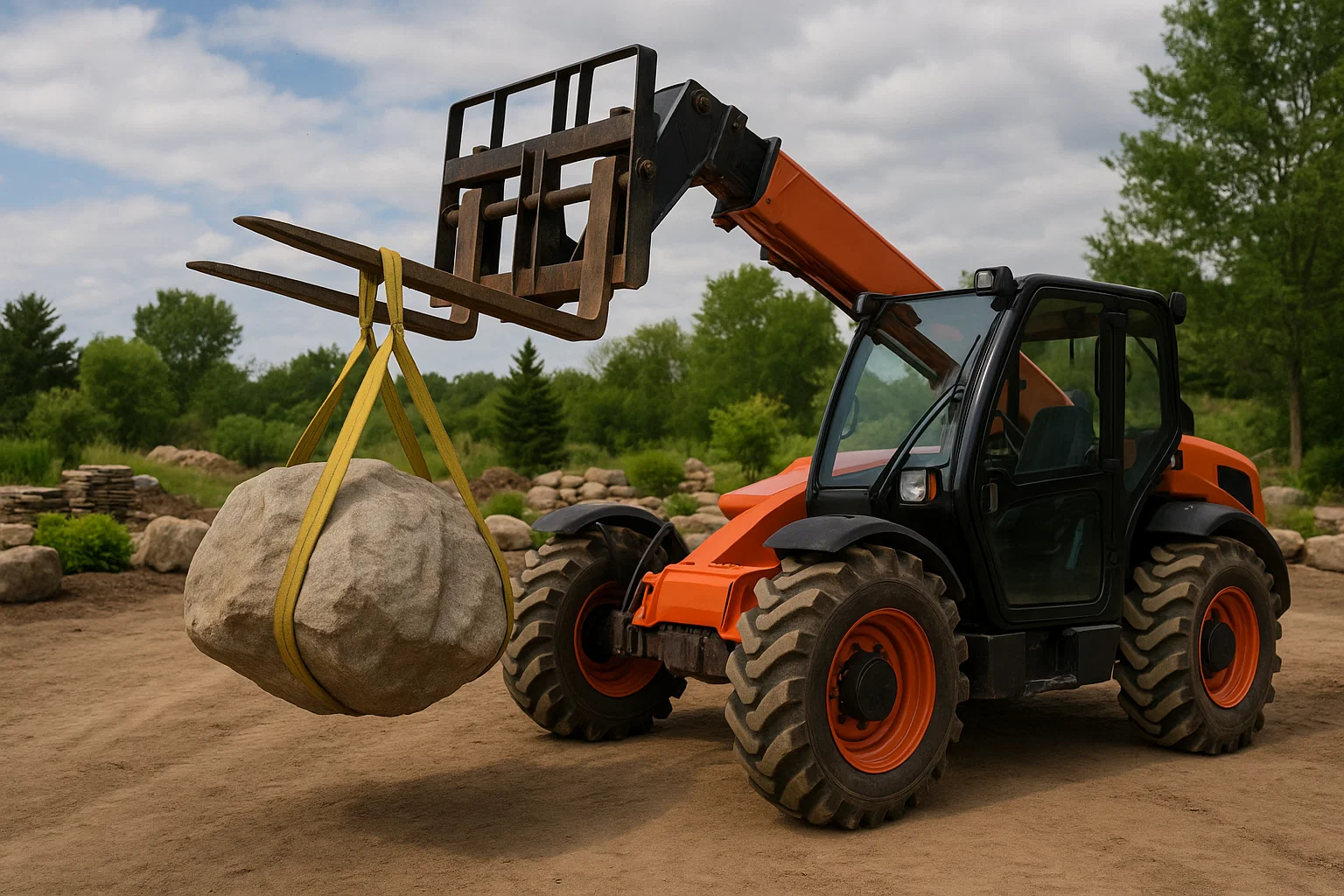
9 min read
Your warehouse operations manager just announced a major expansion that will triple your storage capacity and introduce new product lines with completely different handling requirements. The forklift fleet that's served you well for indoor pallet movement suddenly needs to handle outdoor loading, high-rack storage, and specialized materials. Choosing the wrong equipment now could mean years of operational inefficiency, safety issues, and costly replacements down the road.
Quick Answer: Optimal forklift selection depends on matching equipment capabilities to specific industry requirements, facility conditions, and material handling tasks. Counterbalance forklifts excel in general manufacturing and outdoor applications, reach trucks dominate high-rack warehouse operations, order pickers optimize picking efficiency, turret lifts maximize narrow-aisle storage density, pallet jacks handle light-duty tasks cost-effectively, telehandlers combine lifting with extended reach for construction, and rough terrain models tackle outdoor challenges. Success requires evaluating power source, tire type, lift capacity, and operational environment.
Selecting the right forklift model directly affects team safety, operational efficiency, and overall productivity outcomes. With dozens of forklift types available in the market, aligning your equipment choice with industry requirements, facility layout characteristics, and specific material handling tasks becomes important for long-term operational success.
This guide examines key forklift models, optimal industry applications, and selection factors that significantly impact operational performance and equipment return on investment.
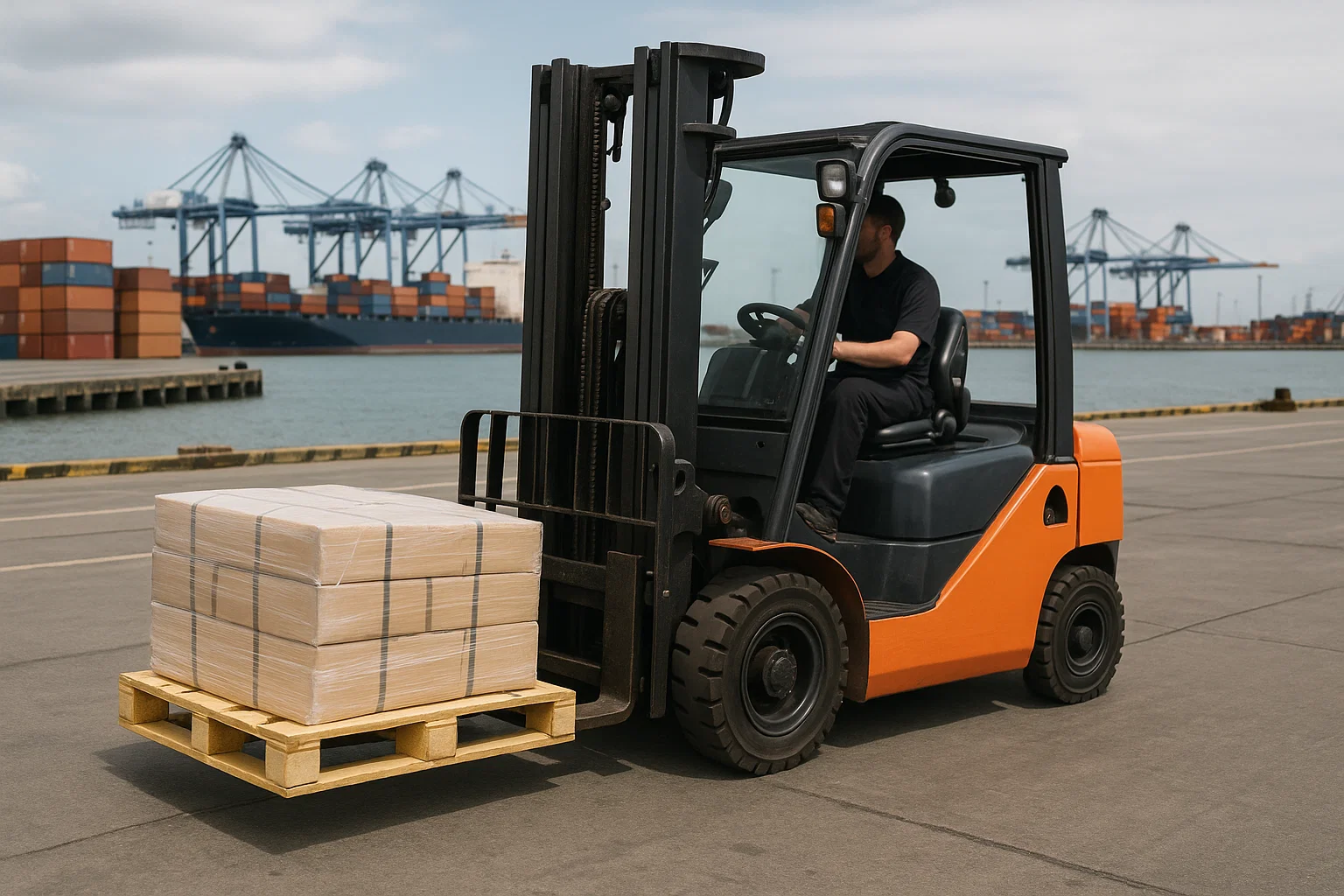
Counterbalance forklifts represent the most commonly deployed forklift type across diverse industries due to their operational flexibility and straightforward design. These units feature forks extending directly from the front, allowing operators to approach loads without extending mechanisms or complex positioning requirements.
Primary Industries: Manufacturing facilities, general warehousing operations, shipping dockyards, and distribution centers with mixed indoor/outdoor requirements.
Available in electric, diesel, and liquefied petroleum gas (LPG) configurations, counterbalance forklifts adapt to various operational environments depending on tire selection and fuel source. Electric models excel indoors with zero emissions and quiet operation, while diesel and LPG versions provide superior power for outdoor applications.
The straightforward load placement design eliminates extending arms and simplifies operator training while providing excellent stability for standard pallet handling. Both three-wheel and four-wheel configurations offer different maneuverability characteristics, with three-wheel models providing tighter turning radius in confined spaces.
These forklifts excel at loading and unloading pallets, containers, and truck trailers while maintaining the flexibility to handle diverse load types throughout facility operations. Their robust design supports heavy-duty applications while remaining cost-effective for general material handling needs.
OSHA forklift classifications provide detailed guidance on operational requirements and safety standards that apply to counterbalance forklift operations across different industry applications.
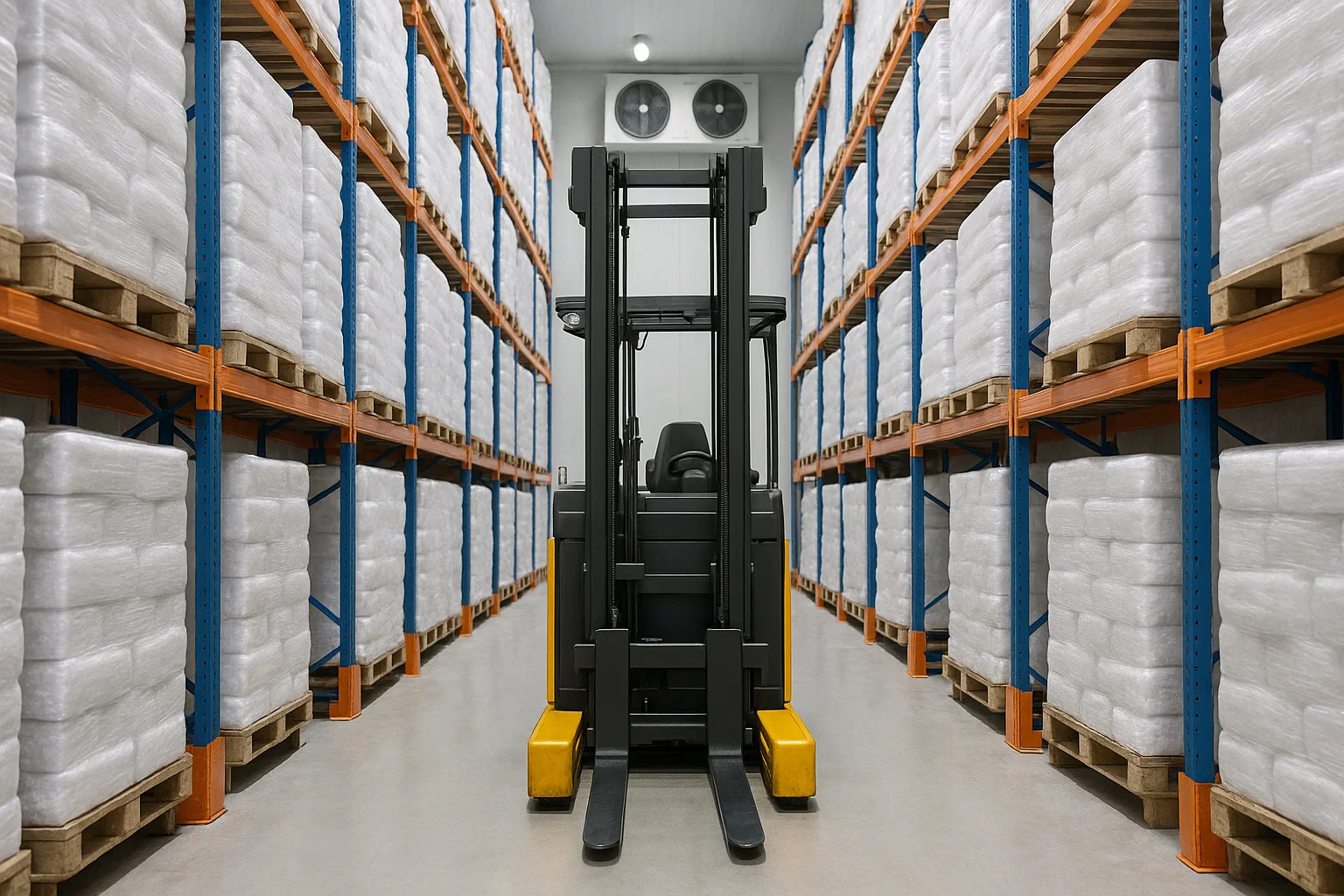
Reach trucks are specifically engineered for narrow-aisle operations and high-rack storage applications where vertical space utilization takes priority over ground-level maneuverability. Their extending fork mechanism allows load pickup from racking systems without repositioning the entire truck.
Primary Industries: Indoor warehousing facilities, retail distribution centers, cold storage operations, and high-density storage environments where space optimization drives operational design.
These electric-powered units thrive in controlled environments where vertical storage density becomes the primary operational objective. The ability to operate in aisles as narrow as 8-10 feet while accessing storage heights up to 40 feet makes them ideal for maximizing warehouse cube utilization.
Low noise levels and zero emissions make reach trucks particularly suitable for indoor environments where air quality and sound control matter. Food processing facilities, pharmaceutical operations, and retail environments benefit from clean, quiet operation that doesn't compromise product quality or worker comfort.
Precision positioning capabilities allow operators to place and retrieve loads accurately at various heights while maintaining excellent stability throughout lifting operations. This precision reduces product damage while improving operational efficiency in high-density storage applications.
The narrow operating profile enables higher storage density compared to counterbalance forklifts while maintaining safe operational clearances in confined warehouse environments.

Order pickers represent specialized equipment designed to transport operators safely to elevated storage locations for direct product selection and handling. These units integrate operator platforms with lifting mechanisms to enable efficient picking operations at various heights.
Primary Industries: Warehouses with diverse product lines, package distribution centers, retail storage facilities, and operations requiring frequent small-quantity picking from elevated storage locations.
Integrating order pickers into warehouse operations provides secure, efficient access to elevated storage without requiring separate ladders or climbing equipment. Operators remain secured within safety restraints while the platform carries them to shelf level for direct product handling.
Safety features including fall protection systems, stable platforms, and controlled lifting mechanisms make order pickers significantly safer than alternative elevation methods. These features reduce injury risks while improving productivity through faster, more comfortable access to elevated storage.
Electric operation ensures clean, quiet performance suitable for indoor environments while providing consistent power for extended operational periods. Battery systems support full-shift operation without the emissions or noise associated with internal combustion alternatives.
Fast product retrieval capabilities improve order fulfillment speeds while reducing operator fatigue associated with climbing or reaching for elevated items. These productivity gains often justify equipment costs through improved throughput and reduced labor requirements.
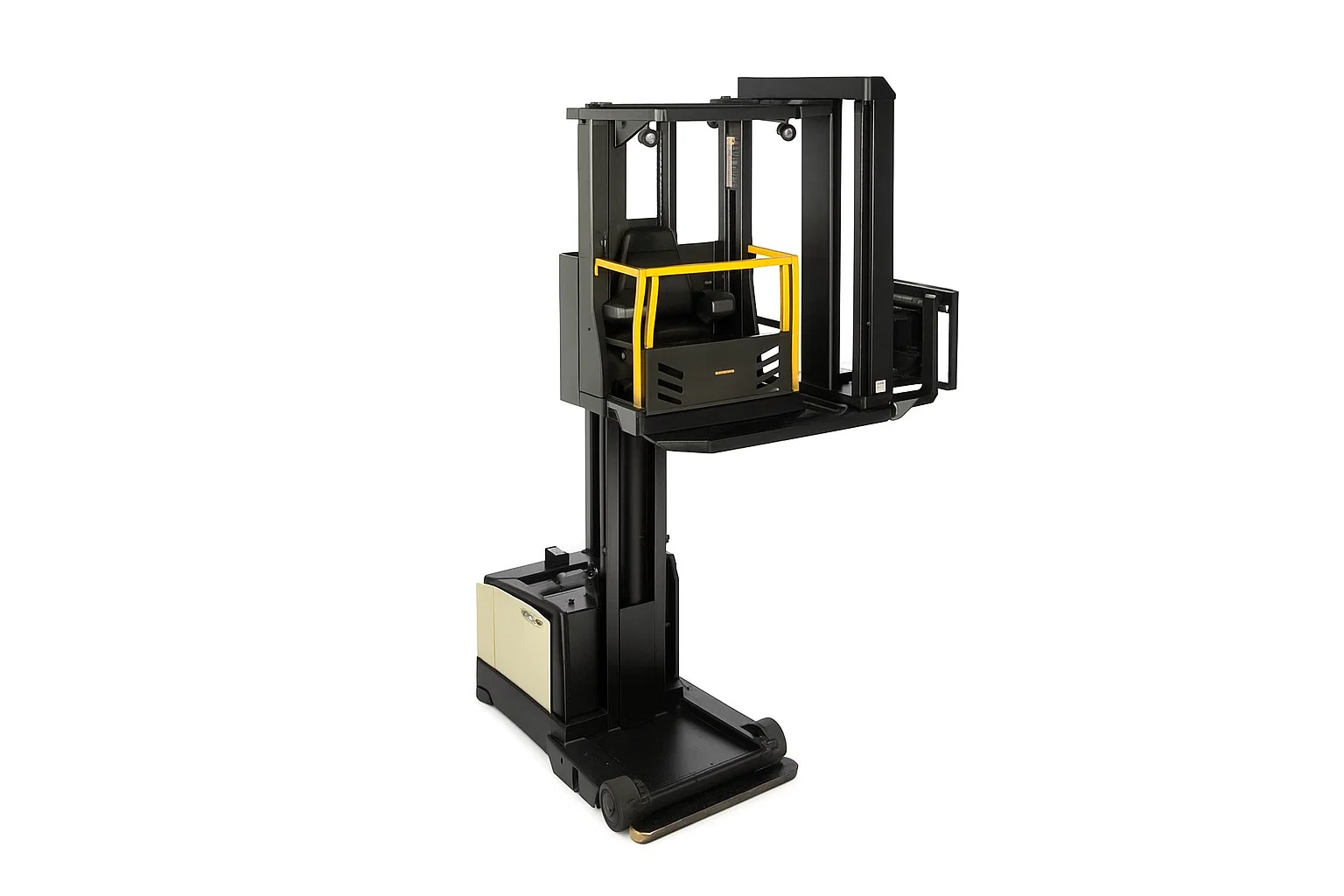
Turret lifts, also known as very narrow aisle (VNA) lifts, maximize storage density through extremely compact designs that operate in aisles as narrow as 5-6 feet. Fork articulation capabilities allow 180-degree rotation at the mast for direct load access without truck repositioning.
Primary Industries: High-density warehouses, automated storage facilities, and operations where maximizing storage capacity takes priority over operational flexibility.
These specialized units work effectively with tall, high-capacity racking systems where ground space limitations require maximum vertical utilization. The combination of narrow aisle capability and high lifting capacity makes them ideal for operations prioritizing storage density over accessibility.
Fork articulation and side-shifting capabilities provide enhanced agility for precise load placement in confined spaces. Operators can lift with the load for improved visibility and control during high-level operations.
Unlike order pickers designed for lightweight items, turret lifts maintain high carrying capacity for heavy loads while operating in extremely narrow aisles. This capability enables high-density storage of heavy products without sacrificing operational efficiency.
Controlled 180-degree rotation capability allows operators to access loads on either side of narrow aisles without complex maneuvering or repositioning requirements. This feature dramatically improves efficiency in cramped warehouse environments.
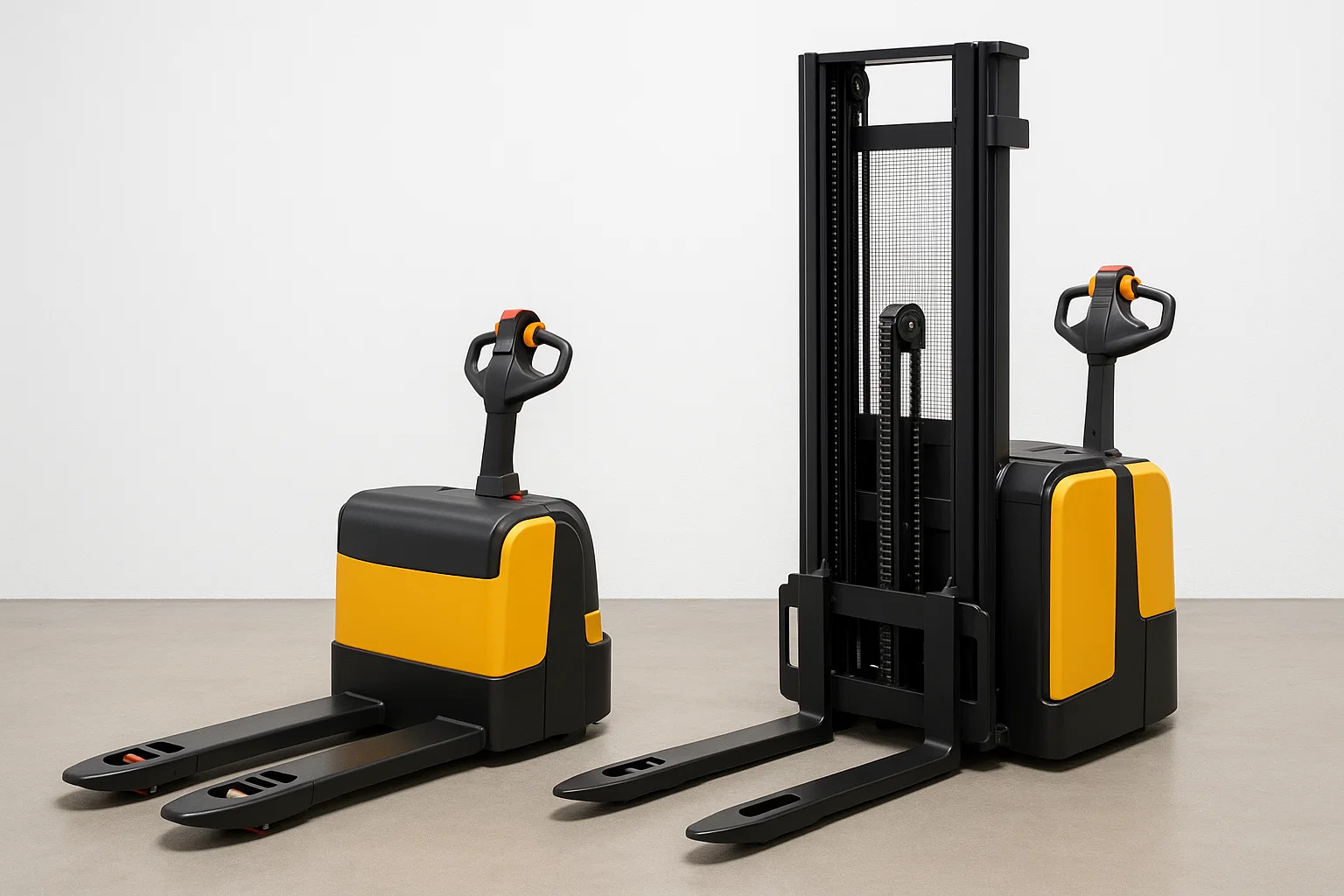
Pallet jacks and walkie stackers provide economical solutions for light-duty material handling tasks where full forklift capabilities exceed operational requirements. These compact units excel in applications requiring frequent short-distance moves and basic lifting functions.
Primary Industries: Light-duty warehouse operations, retail backrooms, food service facilities, and applications with limited budgets or space constraints.
Manual and motorized pallet jacks handle standard pallet movement over short distances with minimal operator training and maintenance requirements. Their simple design reduces acquisition costs while providing reliable performance for basic material handling needs.
Walkie stackers add limited vertical lifting capability while maintaining compact size and economical operation. Operators can walk alongside or ride these units depending on model configuration and operational requirements.
According to experts at DOZR, rider pallet jacks excel at long-distance, low-capacity transport applications, though they lack the operator protection features of full-size forklifts. This limitation requires careful consideration of operational environments and safety requirements.
Affordability and low maintenance requirements make these units attractive for operations with limited budgets or occasional material handling needs. Their compact size enables operation in narrow aisles and confined spaces where larger equipment cannot function effectively.
Motorized versions require basic operator certification under OSHA 1910.244, though training requirements are less extensive than those for powered industrial trucks. This reduced training burden can accelerate operator qualification while maintaining safety standards.
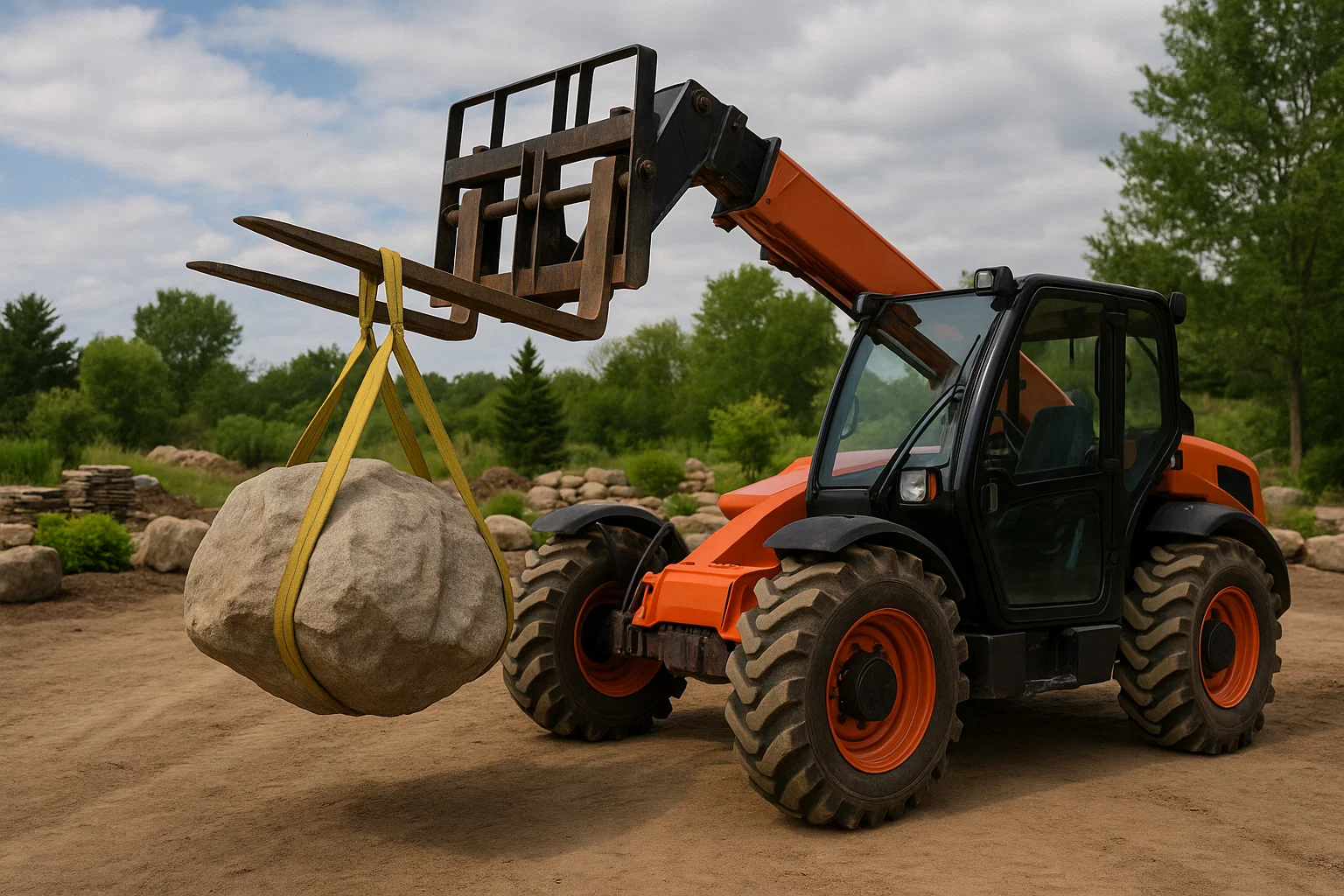
Telescopic handlers, or telehandlers, combine forklift lifting capabilities with crane-like reach to handle materials at significant heights and distances. The telescopic boom mechanism enables load placement in locations inaccessible to conventional forklifts.
Primary Industries: Agriculture operations, masonry work, outdoor infrastructure projects, and construction applications requiring extended reach and lifting capabilities.
Extended vertical and horizontal reach capabilities make telehandlers suitable for applications like stacked pallet movement, elevated platform loading, and material placement in hard-to-reach locations. According to experts at CustomTruck, telehandlers excel in construction environments where high-capacity, long-range reach capabilities simplify moving heavy materials like boulders or large plants.
Swappable attachment systems including buckets, winches, and specialized handling tools expand operational versatility beyond basic material handling. This adaptability makes telehandlers valuable for diverse applications within single operations.
Superior performance on rugged terrain enables effective operation in outdoor environments where conventional forklifts struggle with ground conditions. Large pneumatic tires and robust suspension systems provide stability and traction on uneven surfaces.
The combination of lifting capacity and extended reach reduces the need for multiple pieces of equipment in many applications, improving operational efficiency while reducing equipment costs and complexity.

Rough terrain forklifts are specifically engineered for outdoor operations involving uneven, muddy, or unstable ground conditions where standard equipment cannot operate safely. Large pneumatic tires and powerful engines enable operation in challenging environments.
Primary Industries: Construction sites, lumber yards, agricultural operations, and outdoor storage facilities where ground conditions prevent conventional forklift use.
High ground clearance and superior traction capabilities allow these units to navigate rough terrain while maintaining load stability and operator safety. Robust construction withstands harsh outdoor conditions and heavy-duty applications.
Durable construction designed for heavy outdoor use includes reinforced frames, weather-resistant components, and maintenance features that support extended operation in challenging environments. These design elements extend equipment life while reducing maintenance requirements.
Diesel power systems typically provide the torque and reliability needed for demanding outdoor applications while supporting extended operation without refueling. This power advantage becomes particularly important when handling heavy loads or operating on challenging terrain.
ANSI safety guidelines provide specific requirements for rough terrain forklift design and operation that address the unique hazards associated with outdoor material handling applications.
Reach trucks and electric counterbalance models dominate indoor warehouse applications because of their efficiency, environmental friendliness, and precision capabilities. High-density storage requirements often favor reach trucks, while mixed applications benefit from counterbalance versatility.
Rough terrain forklifts and telehandlers lead in construction applications where ground conditions and reach requirements exceed conventional equipment capabilities. Power requirements and environmental conditions typically favor diesel or LPG power sources.
Walkie stackers and pallet jacks maintain operations in retail and light industrial environments where space constraints and budget considerations limit full-size equipment deployment. Electric operation supports clean indoor environments while meeting basic material handling needs.
Telehandlers and rough terrain models handle the uneven ground conditions and diverse material handling requirements common in agricultural and forestry applications. Versatility and outdoor performance capabilities justify higher equipment costs through operational flexibility.
Beyond basic model selection, several factors significantly impact operational success and equipment return on investment. These considerations often prove as important as basic equipment type in determining long-term satisfaction.
Power source selection between electric, diesel, and LPG depends on operational environment, runtime requirements, and emissions considerations. Electric excels indoors with clean operation, while diesel and LPG provide superior power for heavy outdoor applications.
Tire type selection between cushion and pneumatic variants affects surface compatibility and ride quality. Cushion tires work best on smooth indoor surfaces, while pneumatic tires handle rough terrain and provide better shock absorption.
Operator training requirements vary by equipment type and must comply with OSHA regulations for powered industrial truck operation. Specialized equipment like telehandlers require specific training that addresses unique operational characteristics and safety considerations.
Successful forklift selection requires matching equipment capabilities to specific industry requirements, operational environments, and material handling tasks rather than choosing based on initial cost alone. The right equipment improves productivity while reducing long-term operational costs.
Each forklift type excels in specific applications, making careful evaluation of operational requirements more important than general equipment preferences. Understanding these applications helps guide decisions that optimize performance and return on investment.
Power source, tire type, and specialized features significantly impact operational success and should receive equal consideration with basic equipment type during selection processes. These details often determine whether equipment meets or exceeds performance expectations.
Q: What training options are available for different forklift types?
A: Prosafe offers equipment-specific operator certification and train-the-trainer programs that address the unique requirements of different forklift models. Training complies with OSHA standards while addressing specific operational characteristics of each equipment type. We come to you and train your operators on your own equipment.
Q: Can I use a standard counterbalance forklift outdoors?
A: Only if equipped with pneumatic tires and designed for outdoor conditions. Indoor models with cushion tires aren't suitable for rough terrain. For challenging outdoor conditions, rough terrain models provide better safety and performance.
Q: How high can reach trucks typically lift loads?
A: Most commercial reach trucks lift between 20-40 feet depending on model and load capacity. Maximum height decreases as load weight increases due to stability requirements. Always verify specific model capabilities for your application.
Q: Do telehandler operators need different certification than forklift operators?
A: Yes, telehandler operation requires specific training and certification under OSHA guidelines. The extended reach and different operational characteristics require specialized instruction beyond standard forklift training.
Q: Is electric power better than diesel for all applications?
A: Electric forklifts excel indoors with zero emissions and quiet operation, while diesel provides superior power and runtime for outdoor applications. The best choice depends on operational environment and performance requirements.
Q: What forklift works best in narrow warehouse aisles?
A: Reach trucks and three-wheel counterbalance forklifts offer good narrow-aisle performance, while turret lifts maximize storage density in very narrow aisles. The optimal choice depends on aisle width and storage height requirements.
Select the optimal forklift models for your industry and operational requirements with expert guidance that considers all performance factors. Our equipment specialists help evaluate your specific needs and recommend solutions that maximize productivity while ensuring safety compliance. Call (866) 350-9156 or request a consultation to determine the best forklift configuration for your facility today.